Top 4 Methods to Connect an iPhone/iPad to a Nebula Projector (Wired & Wireless)
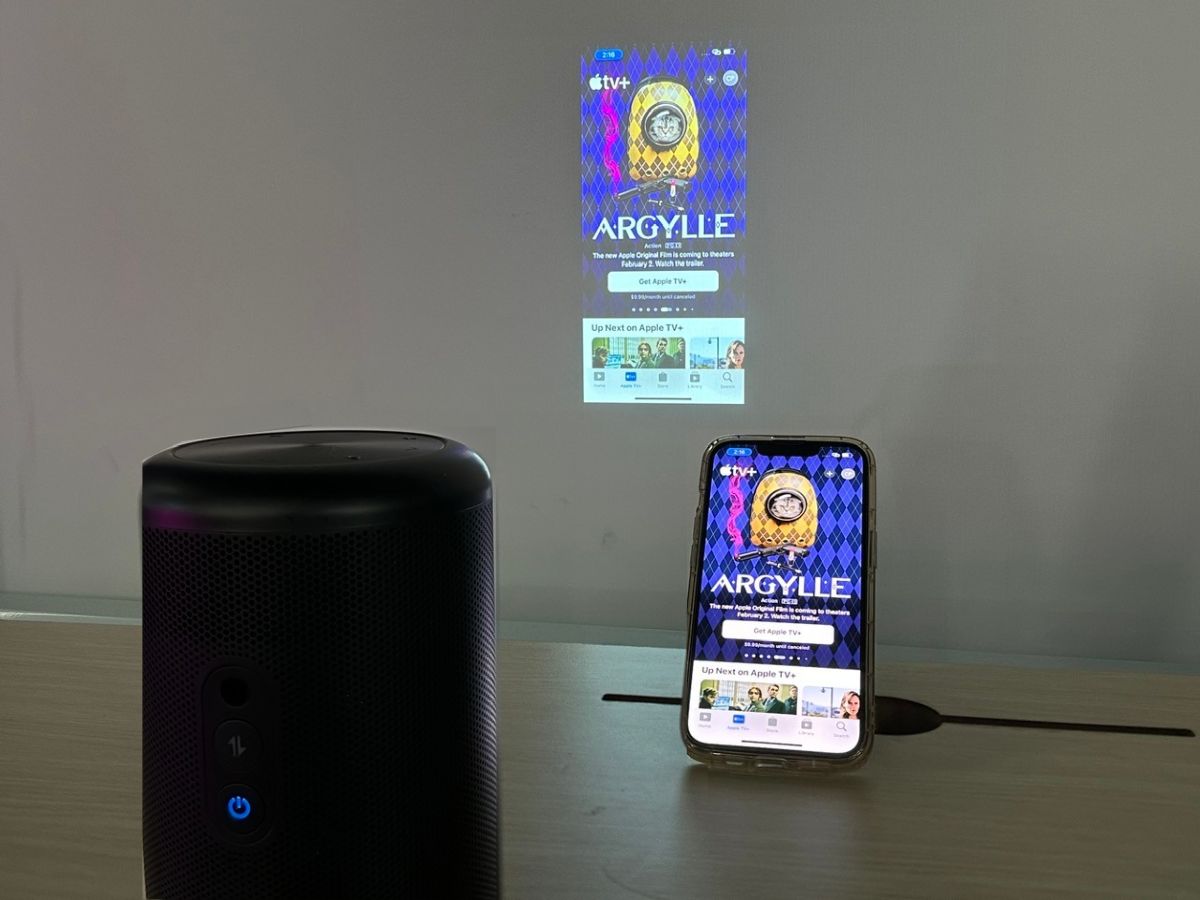
What To Know
- For wireless streaming from iPhone/iPad to Nebula projector, download the Nebula Cast app and connect both devices to the same Wi-Fi network, allowing content to be mirrored via AirPlay.
- For a more stable screen mirroring experience, use a Lightning or USB-C to HDMI adapter to connect your iPhone/iPad directly to the Nebula projector.
- Chromecast enables wireless streaming from iPhone/iPad to Nebula projector across various apps, requiring the Nebula Cast app for AirPlay functionality; additionally, plugging in a streaming device will support seamless screen mirroring to your Nebula.
All four methods outlined in this article have been thoroughly tested, which is why you’ll notice demonstration images I’ve captured myself.
Therefore, after reading this guide, you’ll be fully equipped to connect your iPhone or iPad to the Nebula projector, whether you prefer using a wired or wireless connection.
Quick Navigation
Since iPhone and iPad operate on the same iOS platform, the steps to connect an iPhone to a Nebula projector equally apply to an iPad.
For clarity, this article will refer to the iPhone as the primary device, but the instructions are fully applicable to your iPad as well.
1. Use AirPlay
AirPlay is known for its ease of use and popularity in connecting iPhones to compatible devices.
However, it’s important to note that Nebula projectors do not support AirPlay right out of the box.
As a workaround, you’ll need to download an application that enables AirPlay functionality on your projector.
For this demonstration, let’s go through the process of using the Nebula Cast app to mirror content from my iPhone 13 Pro to the Nebula projector:
Step 1: First, ensure your iPhone and the Nebula projector are connected to the same Wi-Fi network.
Step 2: Next, navigate to the Google Play Store on your projector and download the Nebula Cast app.
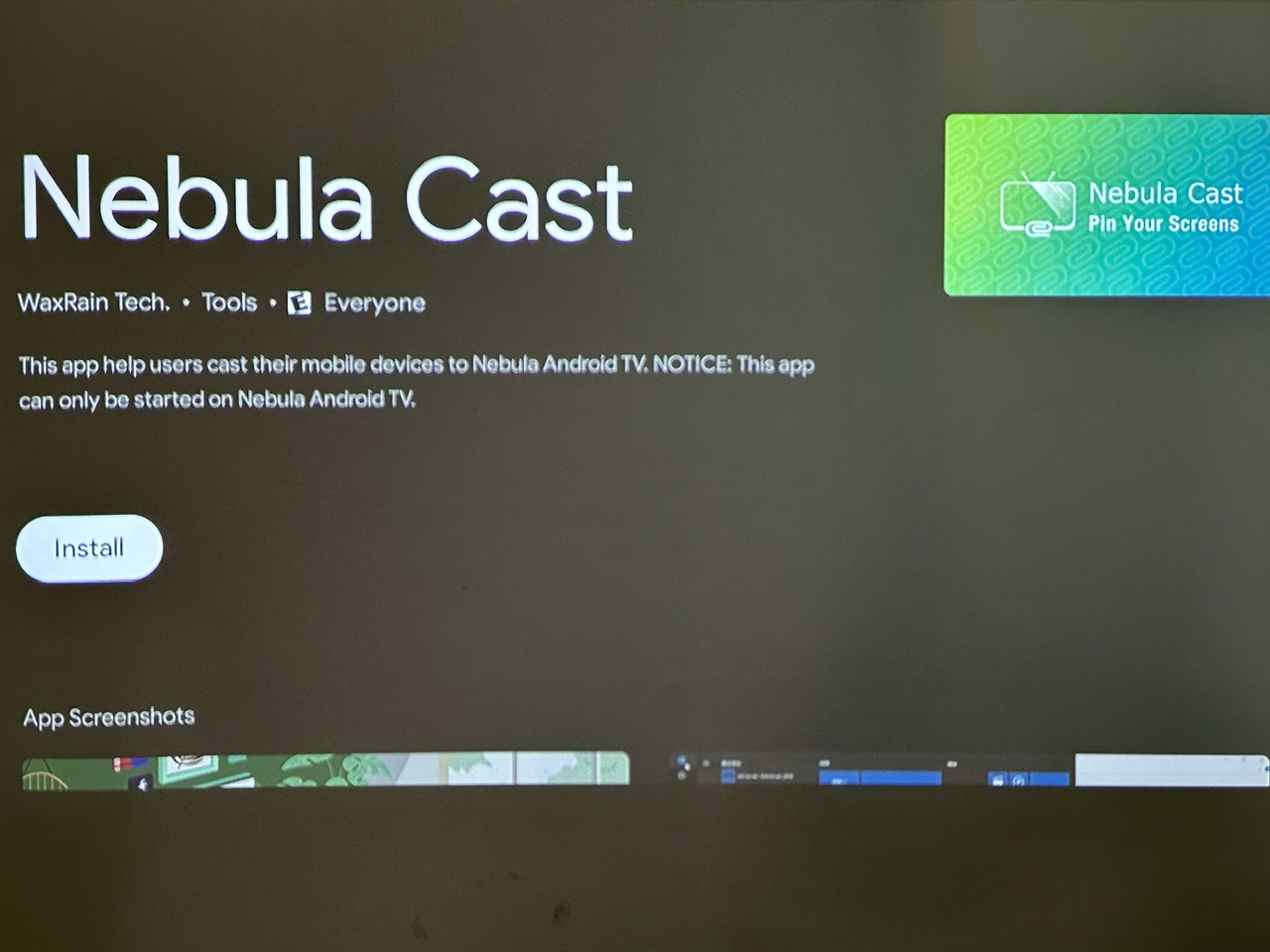
Step 3: Open the Nebula Cast app and click Confirm. Pay close attention to the Nickname displayed on your screen, as this is the name your projector will appear as in the AirPlay list.

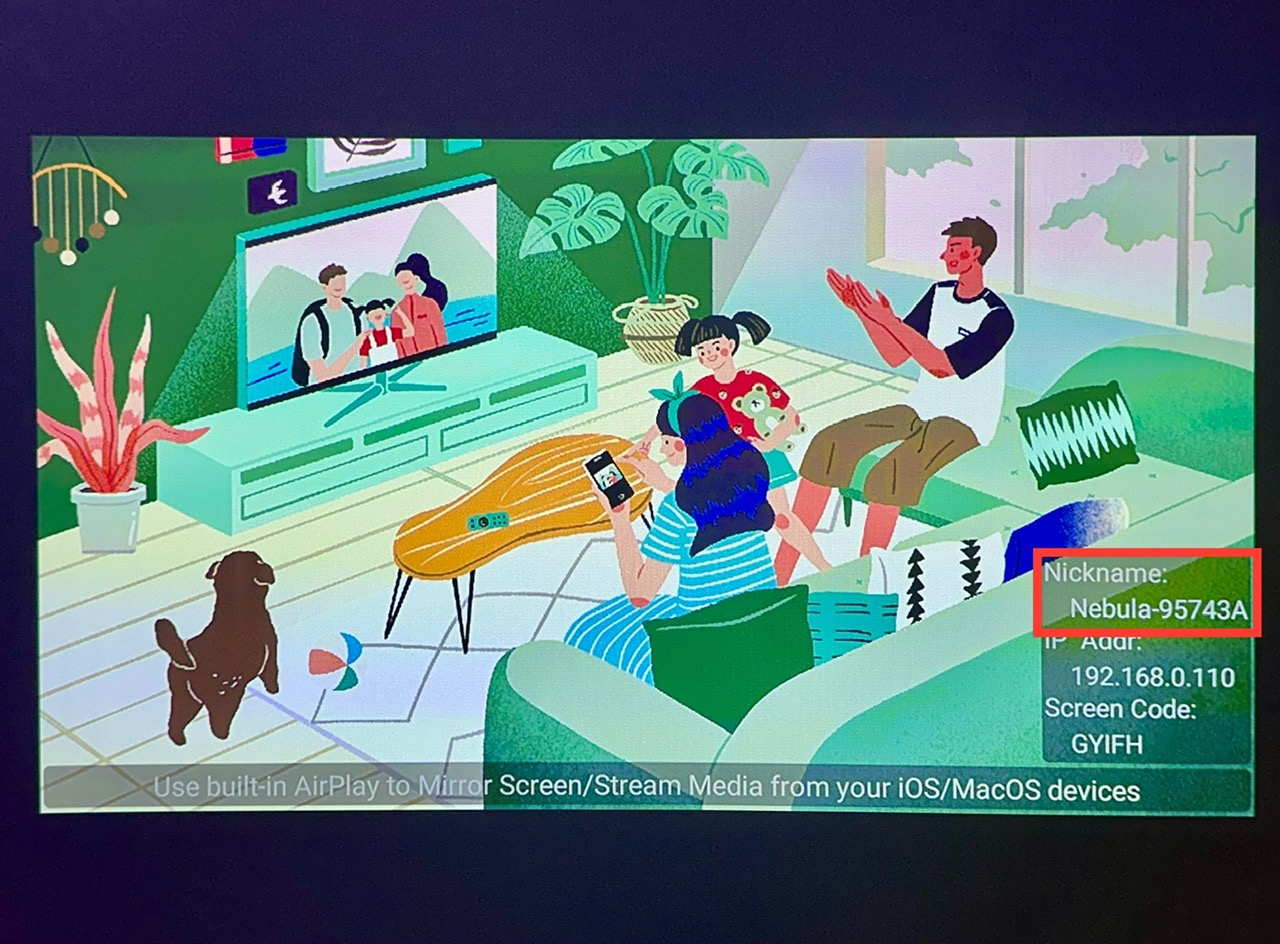
Step 4: On your iPhone, swipe down to access the Control Center, and tap on the Screen Mirror icon.
![]()
Step 5: Look for your Nebula on the list and select it.
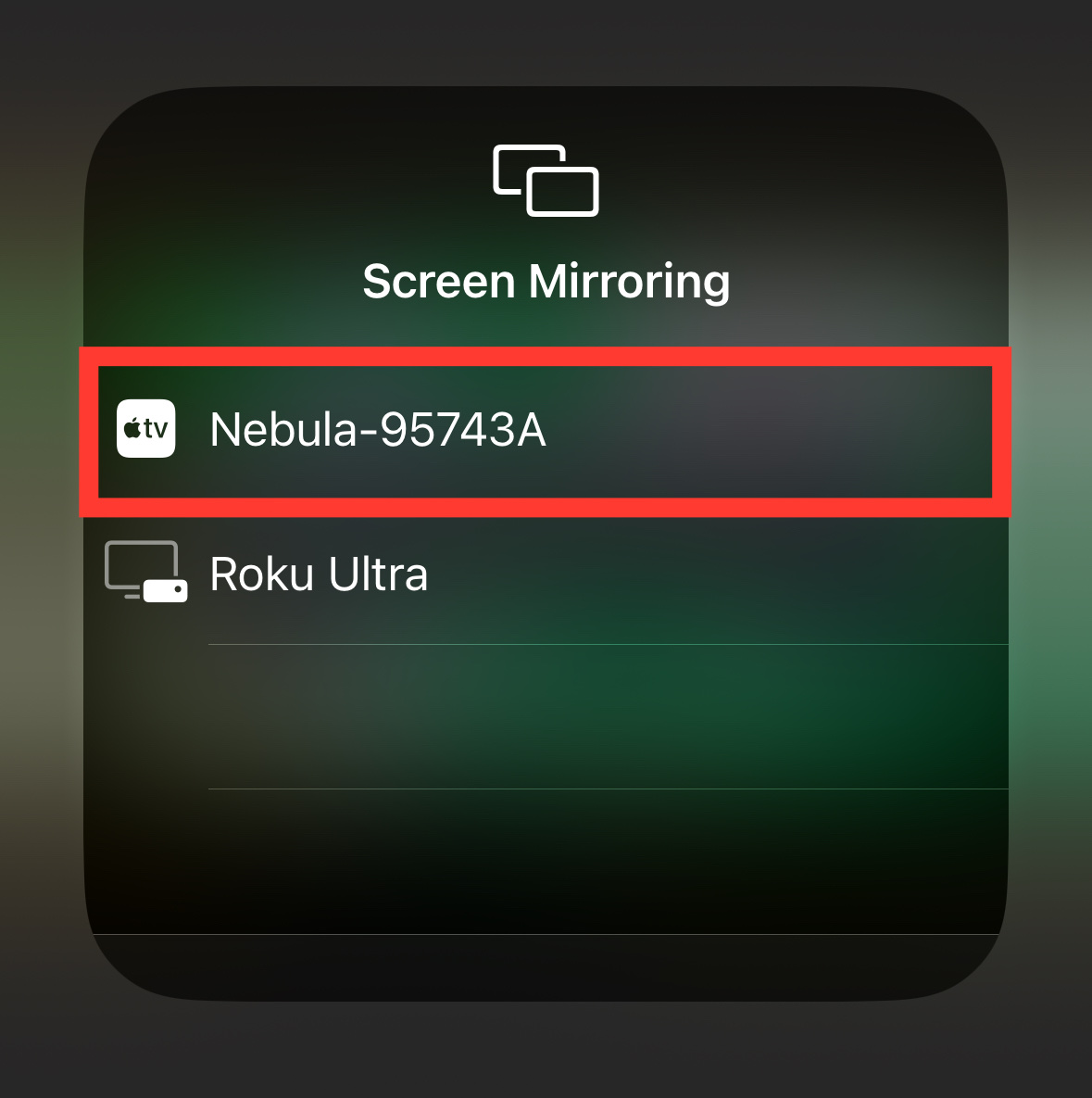
Step 6: You’re all set! Begin streaming your favorite content from your iPhone to your Nebula projector.
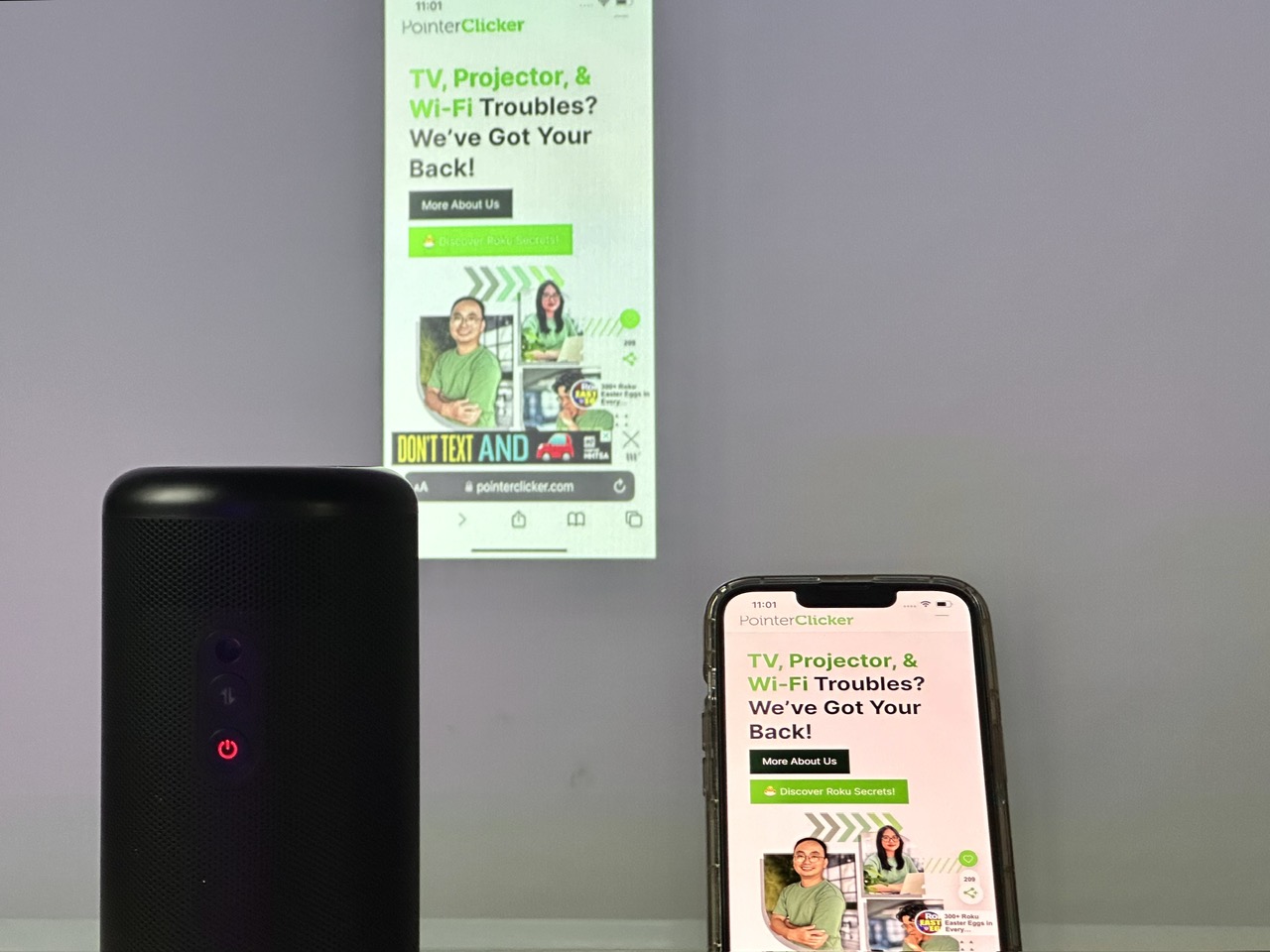
By following these steps, you can effortlessly enjoy your favorite videos, photos, and apps from your iPhone on the big screen of your Nebula projector.
2. Use an HDMI Adapter
For a reliable and smooth screen mirroring experience from your iPhone to a Nebula projector, using an HDMI adapter is a fantastic option.
This method offers a more stable connection than wireless alternatives like AirPlay, ensuring your content is displayed with better visual quality.
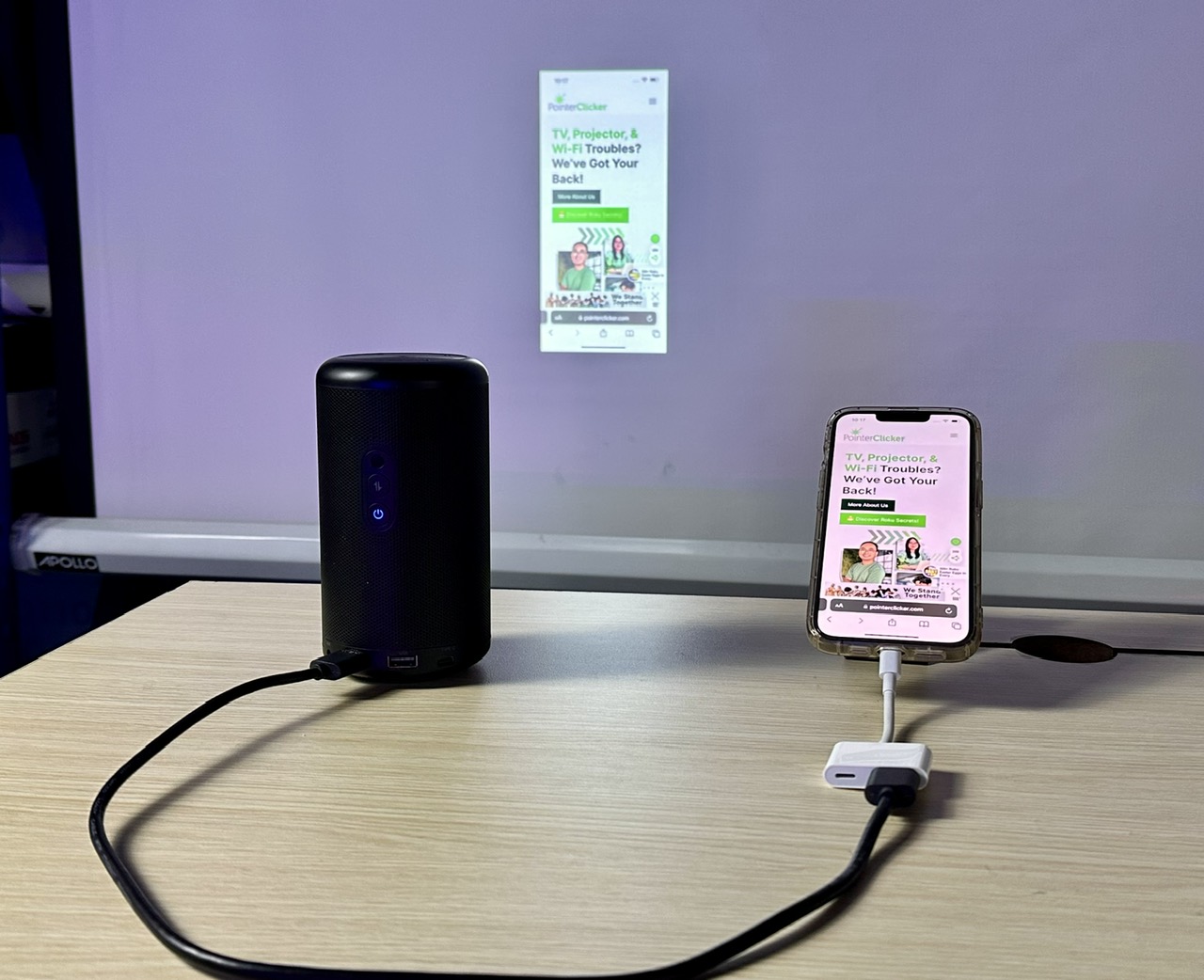
Lightning to HDMI Adapter
Materials
- A Lightning to HDMI Adapter
- An HDMI Cable
- iPhone or iPad with a lightning port
Instructions
Step 1: Connect the adapter’s lightning connector to your iPhone.
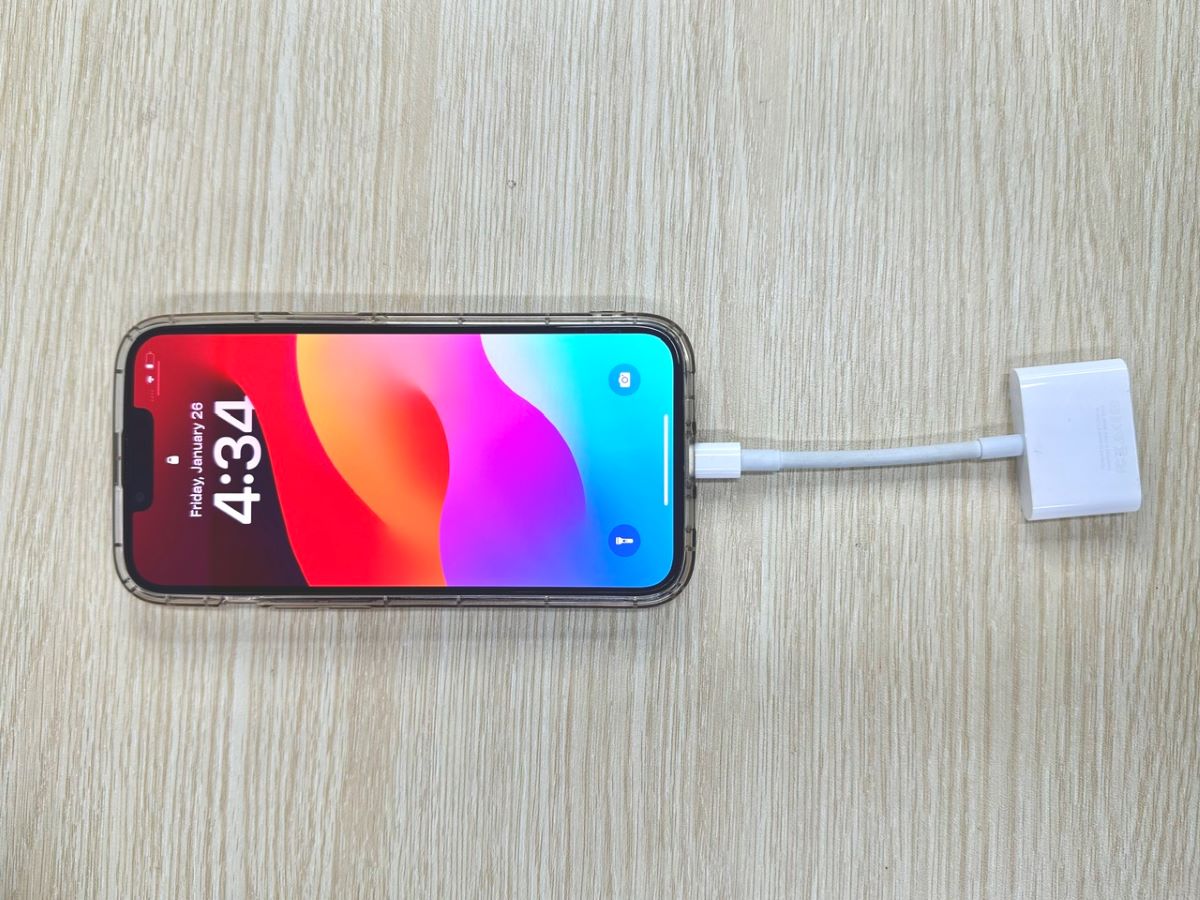
Step 2: Insert the HDMI cable into the HDMI ports on the adapter and your Nebula projector.
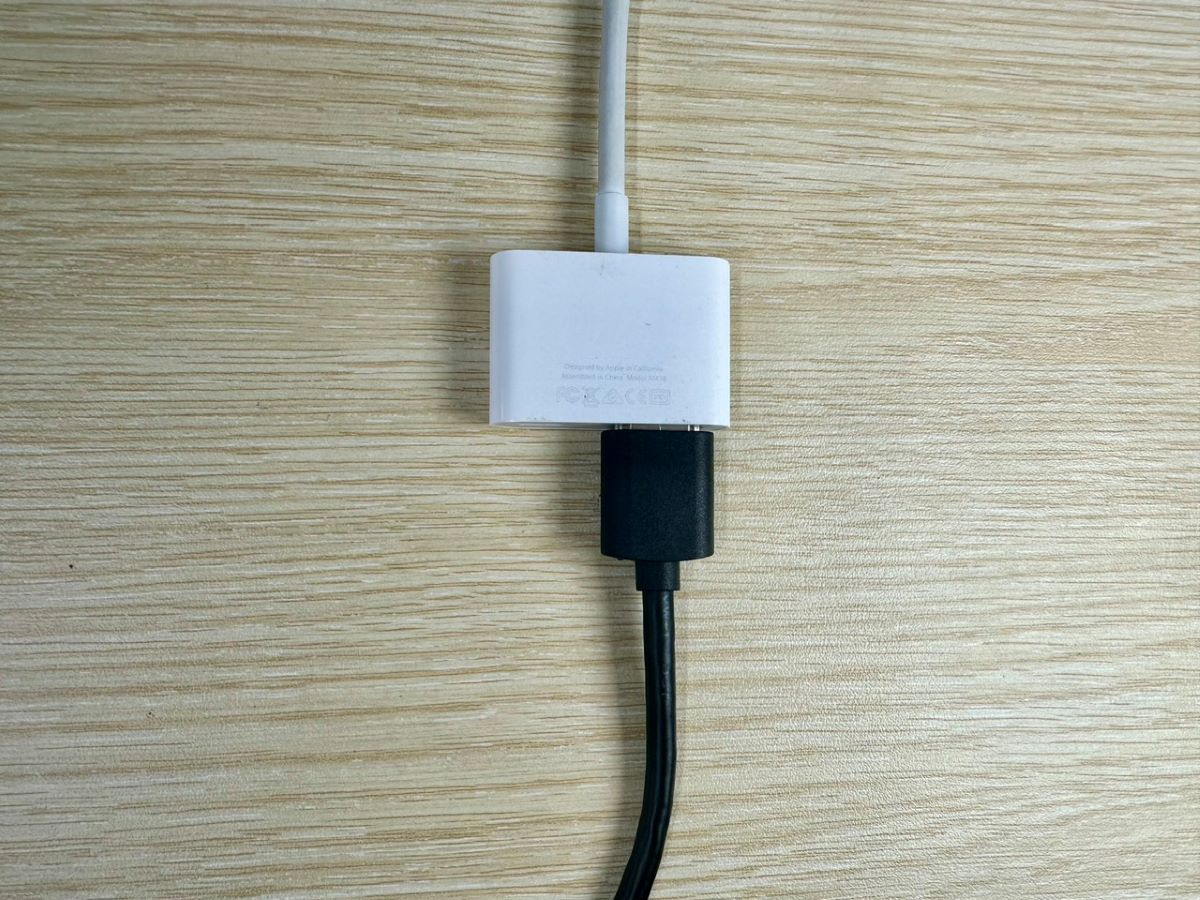
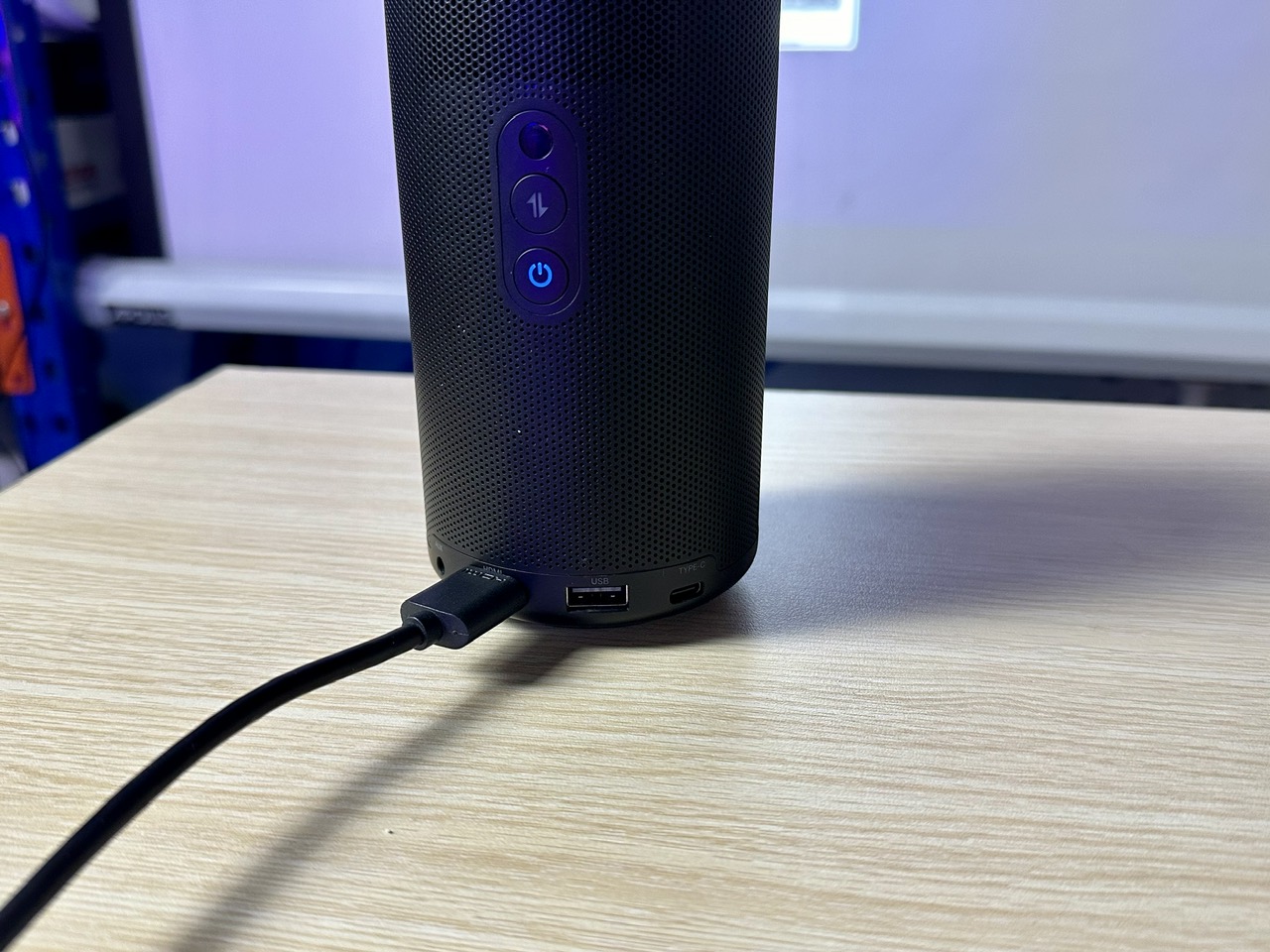
USB-C to HDMI Adapter
Materials
- A USB-C to HDMI Adapter
- An HDMI Cable
- iPhone or iPad with a USB-C port
Instructions
Step 1: Plug the adapter’s USB-C end into your iPhone.

Step 2: Connect the HDMI cable to the adapter’s and projector’s HDMI ports.
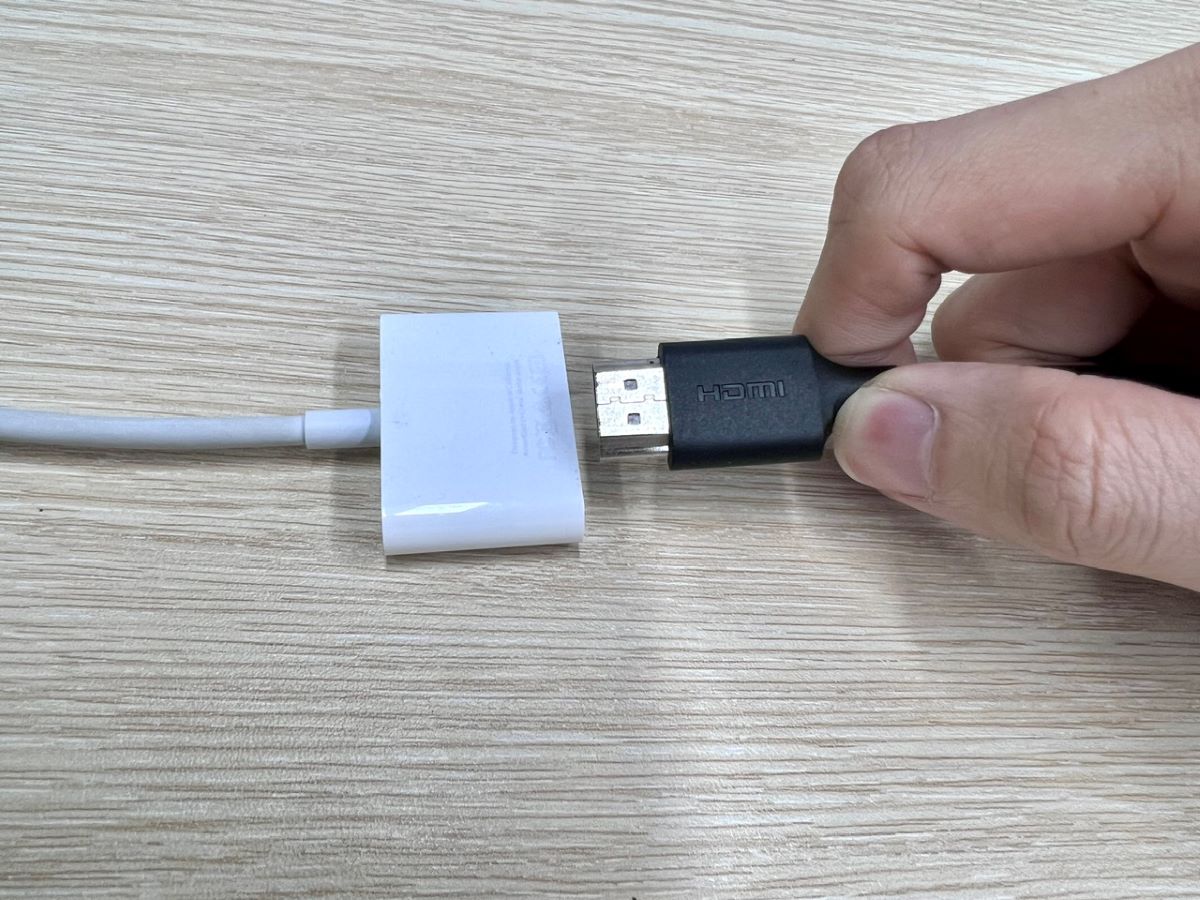

By following these steps, you can enjoy a stable and high-quality mirroring of your iPhone’s display on your Nebula projector, perfect for movie nights, or sharing photos and videos on a larger screen.
3. Use Chromecast
Chromecast, developed by Google, offers a convenient way to wirelessly stream content from your iPhone to a display device like a Nebula projector.
This technology is supported by a wide array of apps, including favorites such as YouTube, Hulu, Netflix, Disney+, and HBO Max.
For those interested in exploring the full range of Chromecast-compatible apps, Google provides an official directory online.
Streaming from your iPhone to a Nebula projector using Chromecast follows a uniform procedure across various apps.
Here, I’ll use the YouTube app as an example to guide you through the steps:
Step 1: Since casting through Chromecast on iPhone apps utilizes AirPlay, you’ll need to install the Nebula Cast app on your projector first. Refer to the first solution for instructions on installing the app.
Step 2: Make sure both your iPhone and Nebula projector are connected to the same Wi-Fi network.
Step 3: Open the YouTube app on your iPhone.
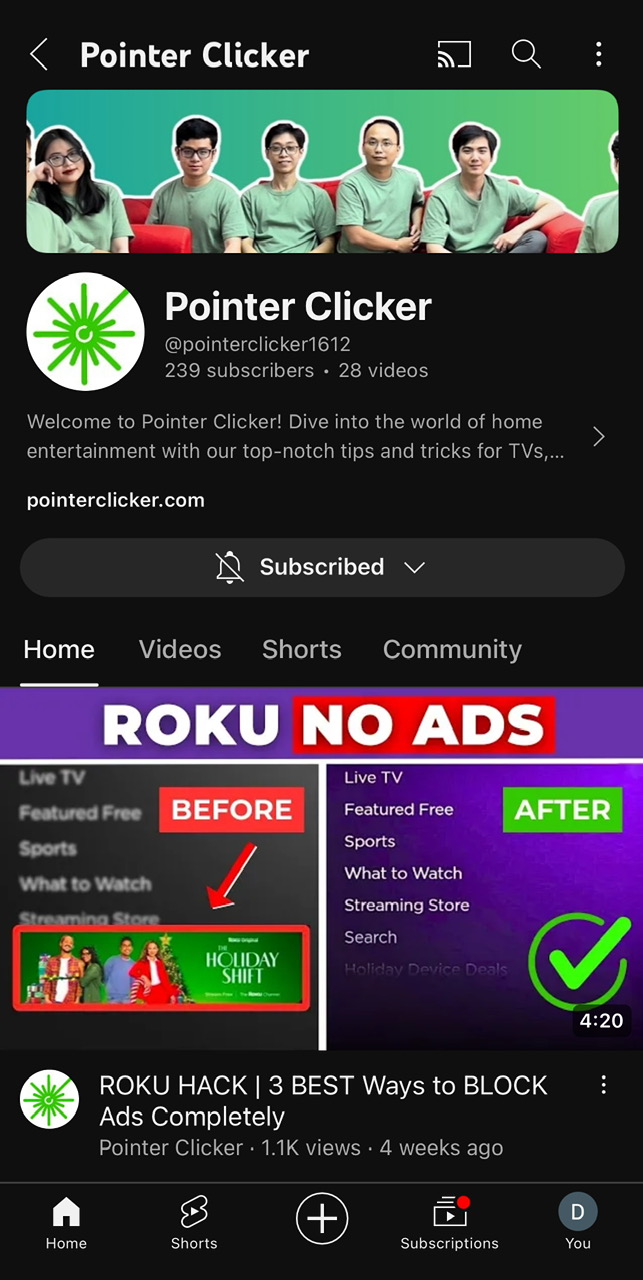
Step 4: Start playing the video you want to watch and tap on the Chromecast icon.
![]()
Step 5: Select AirPlay & Bluetooth devices, then choose your Nebula projector from the list.
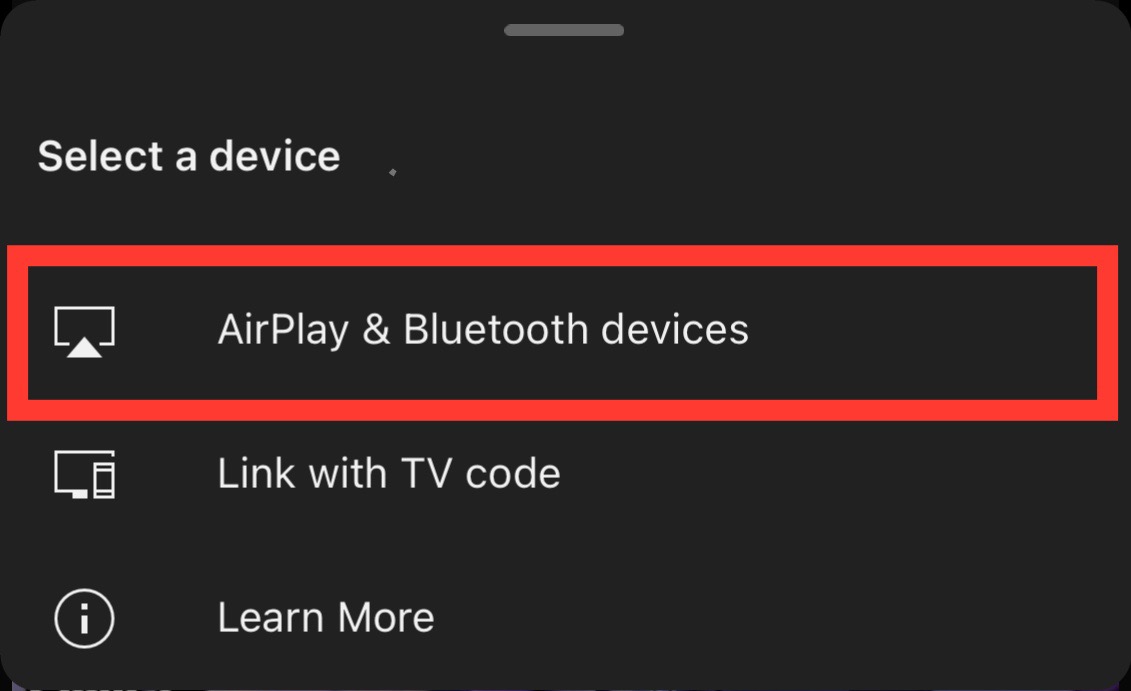
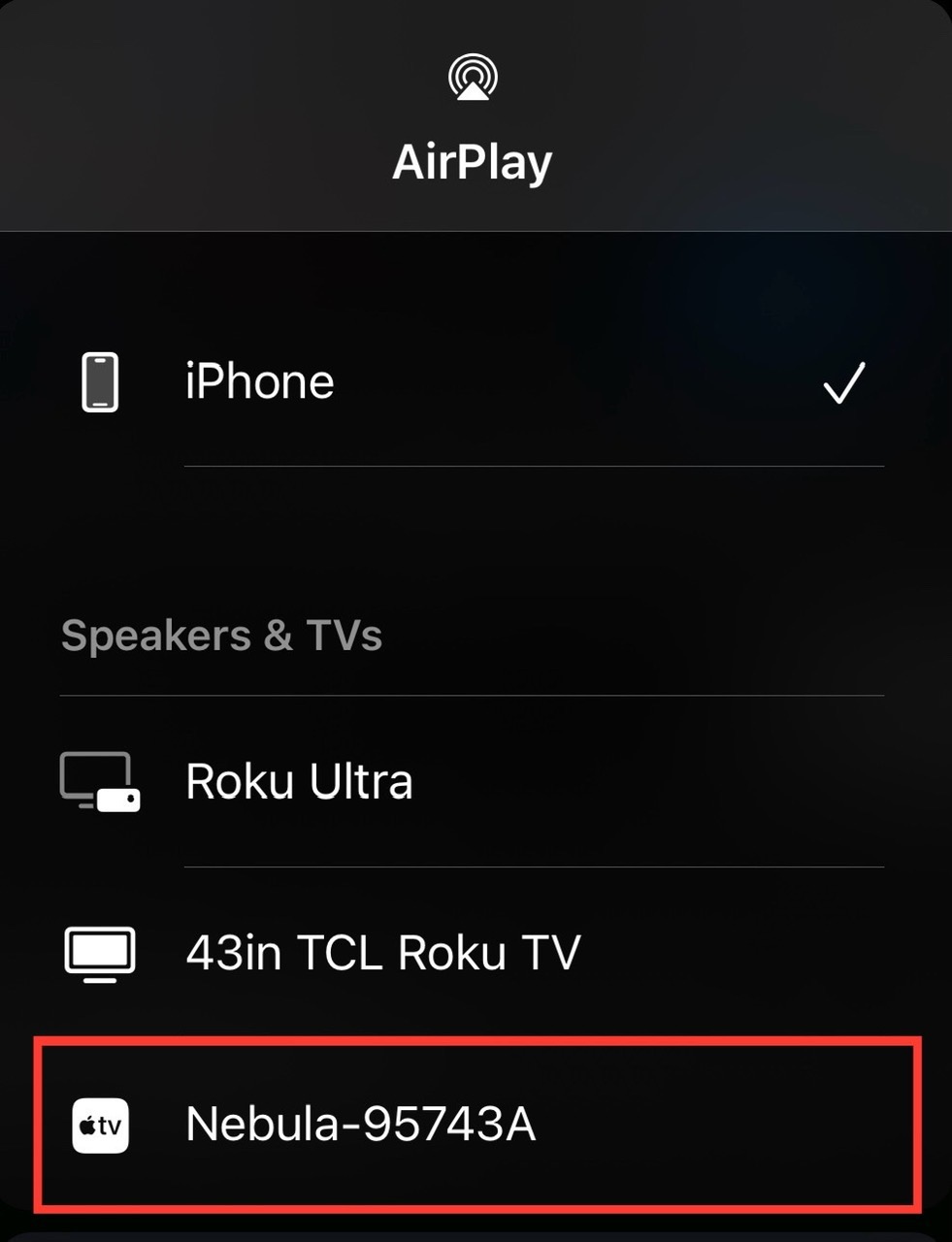
Enjoy watching your selected video on the big screen, effortlessly streamed from your iPhone to your Nebula projector.

4. Use a Streaming Device
Among the four leading streaming devices—Apple TV, Roku, Chromecast with Google TV, and Fire TV Stick—the first three are AirPlay compatible, allowing seamless screen mirroring from your iPhone or iPad. Unfortunately, the Fire TV Stick does not natively support AirPlay.
But if you’re interested in screen mirroring from an iPhone or iPad to any of these devices, including using the unsupported Firestick, a comprehensive article with detailed instructions is available. This guide offers an extensive walkthrough to assist you.
FAQs
Can You Connect Your iPhone/iPad to a Nebula Projector Without Wi-Fi?
Yes, it is possible to connect your iPhone or iPad to a Nebula projector without Wi-Fi by using a suitable HDMI adapter.
This method can be wired only, as wireless connections require a Wi-Fi network to function.
Can You Connect Your iPhone/iPad to a Nebula Projector Via USB Port?
No, you cannot use the Nebula projector’s USB ports for audio and video transmission from your iPhone or iPad.
The USB-A port on the Nebula projector is intended for:
- Charging
- Connecting to keyboard or mouse
- Connecting to a USB flash drive
Duy Anh is a seasoned technical editor specializing in helping readers troubleshoot TV, projector, and Wi-Fi issues. He’s always been drawn to logical problem-solving. His ability to approach matters from various angles with a neutral mindset enhances his technical expertise.

